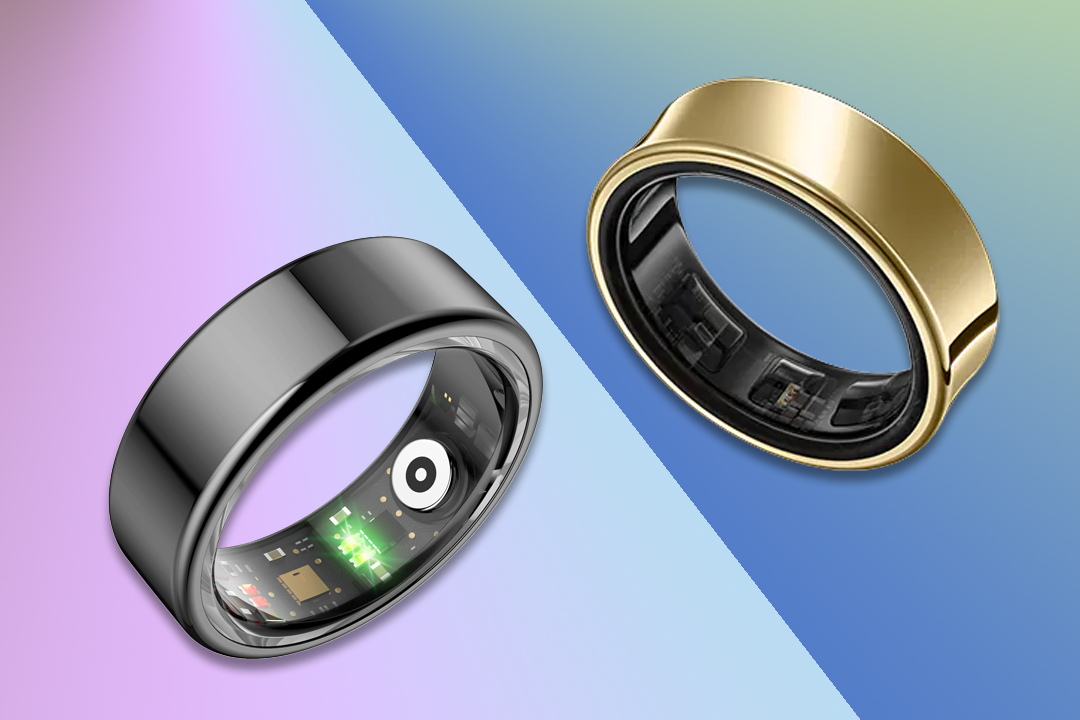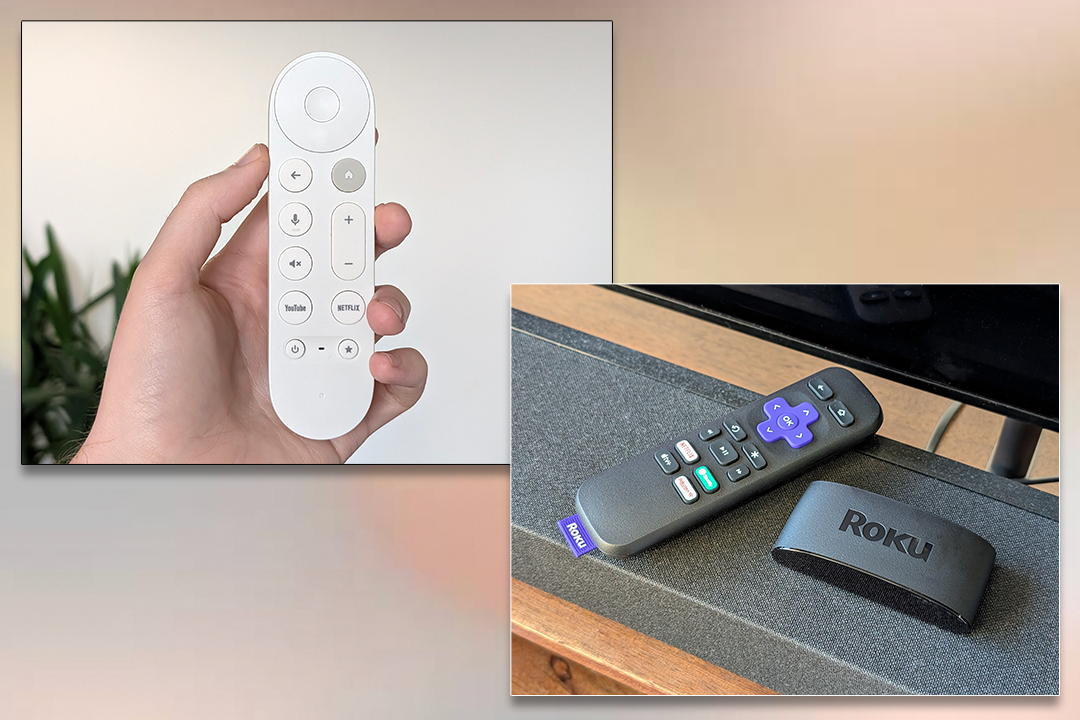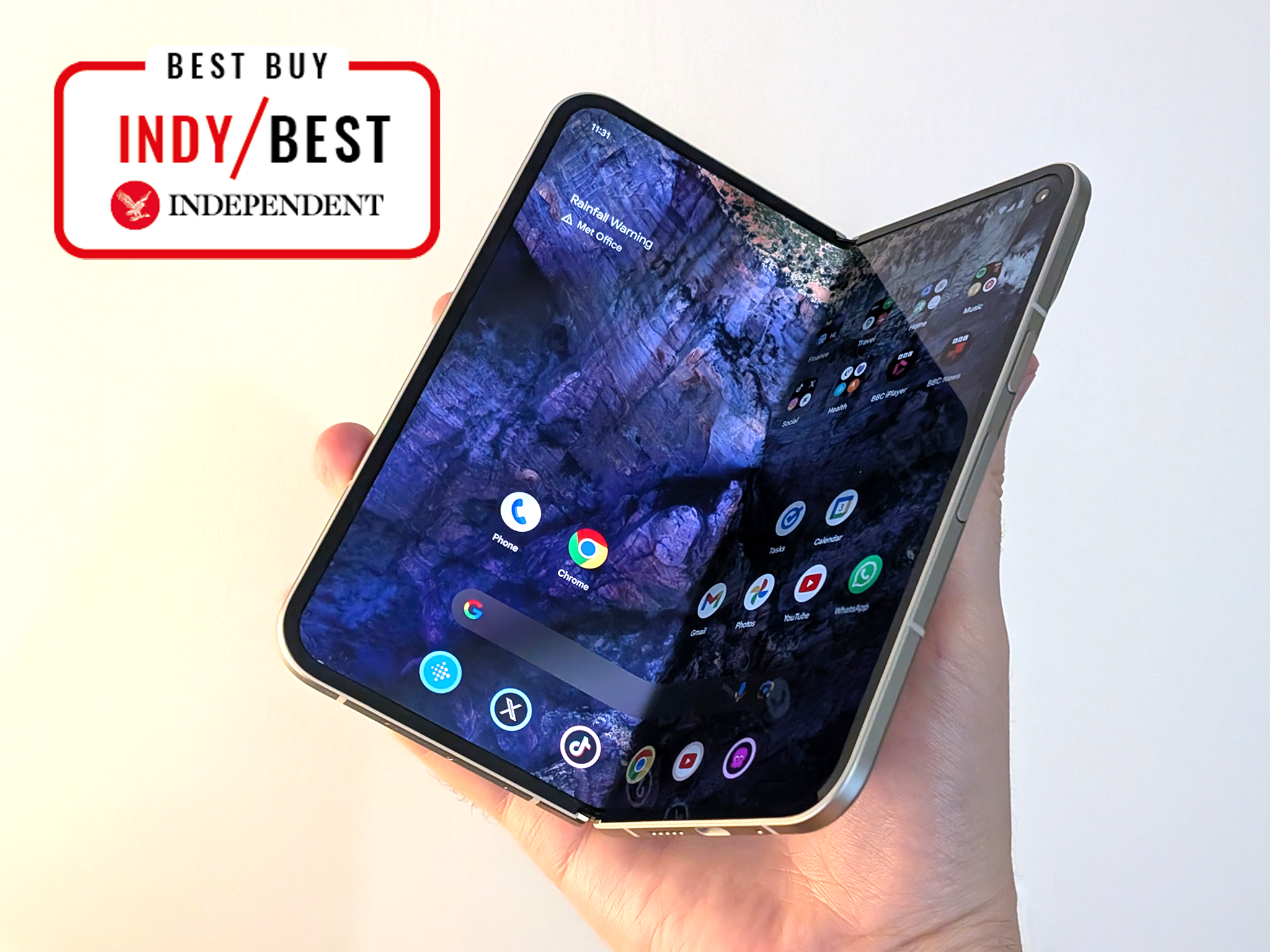
Stay up to date with notifications from The Independent
Notifications can be managed in browser preferences.
The Independent's journalism is supported by our readers. When you purchase through links on our site, we may earn commission. Why trust us?
Best folding and flip phones 2025, tested by a tech writer
Flexible displays are more popular than ever – but which ones are worth bending over backwards for?
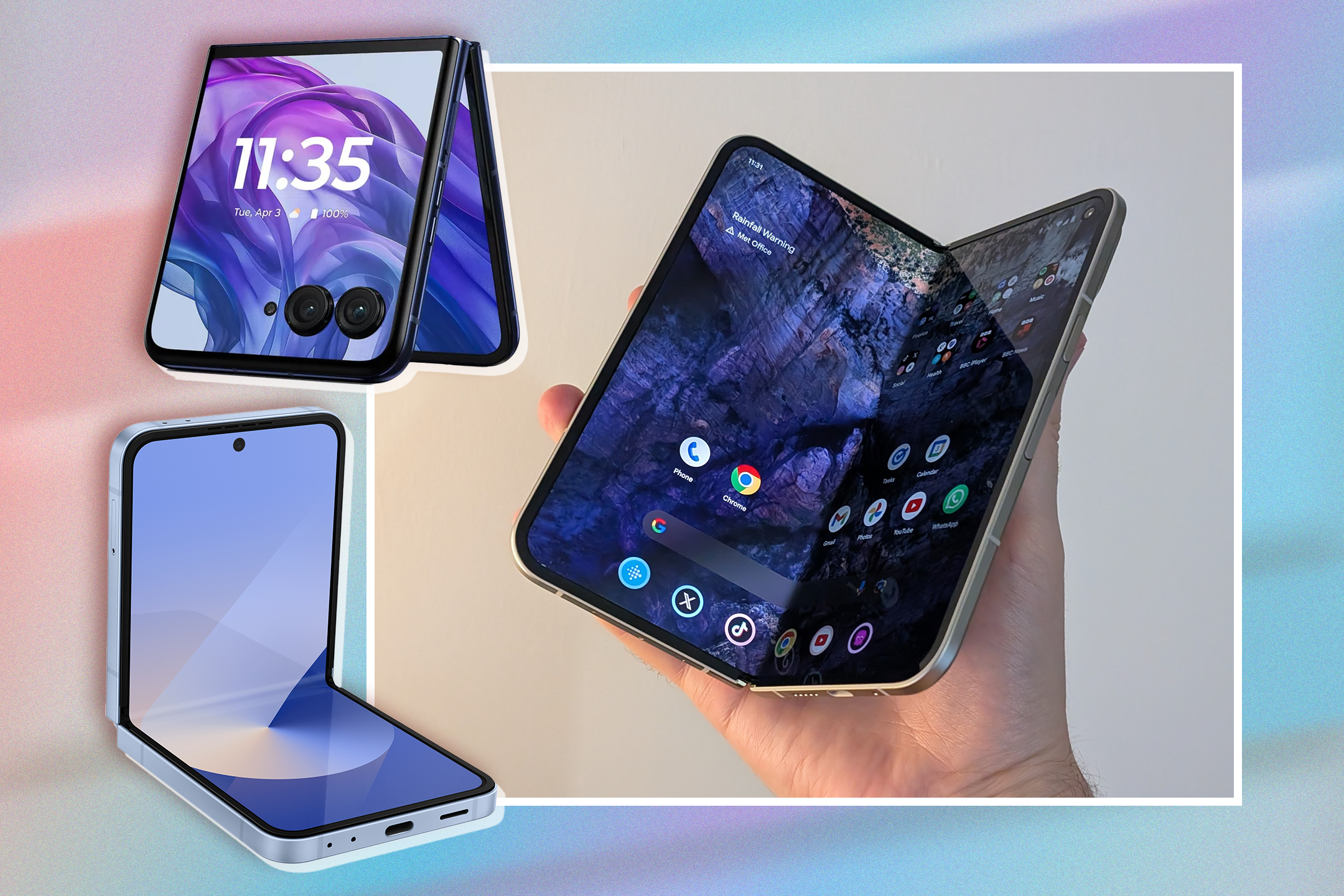
- 1
 2
2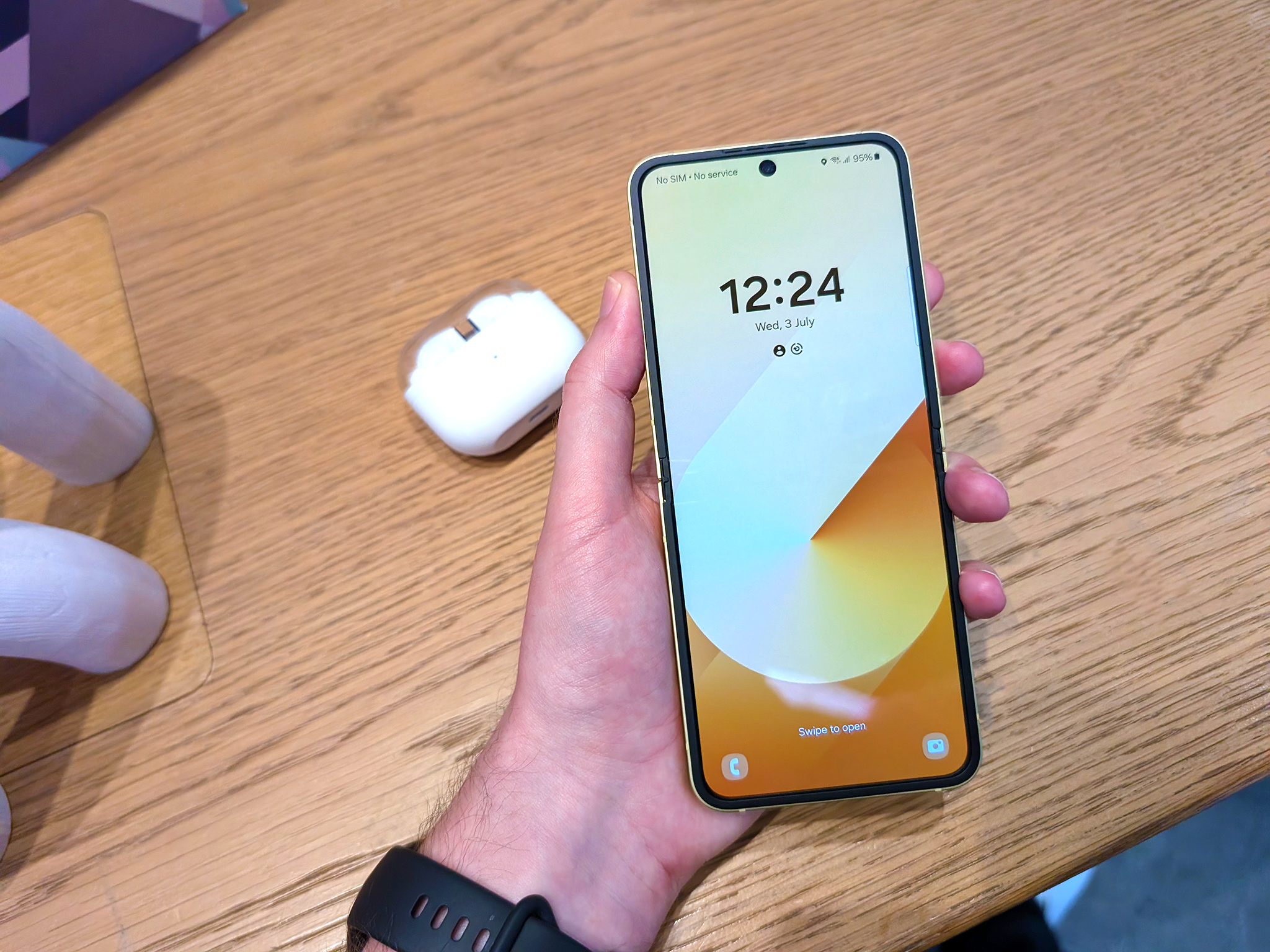
- 3
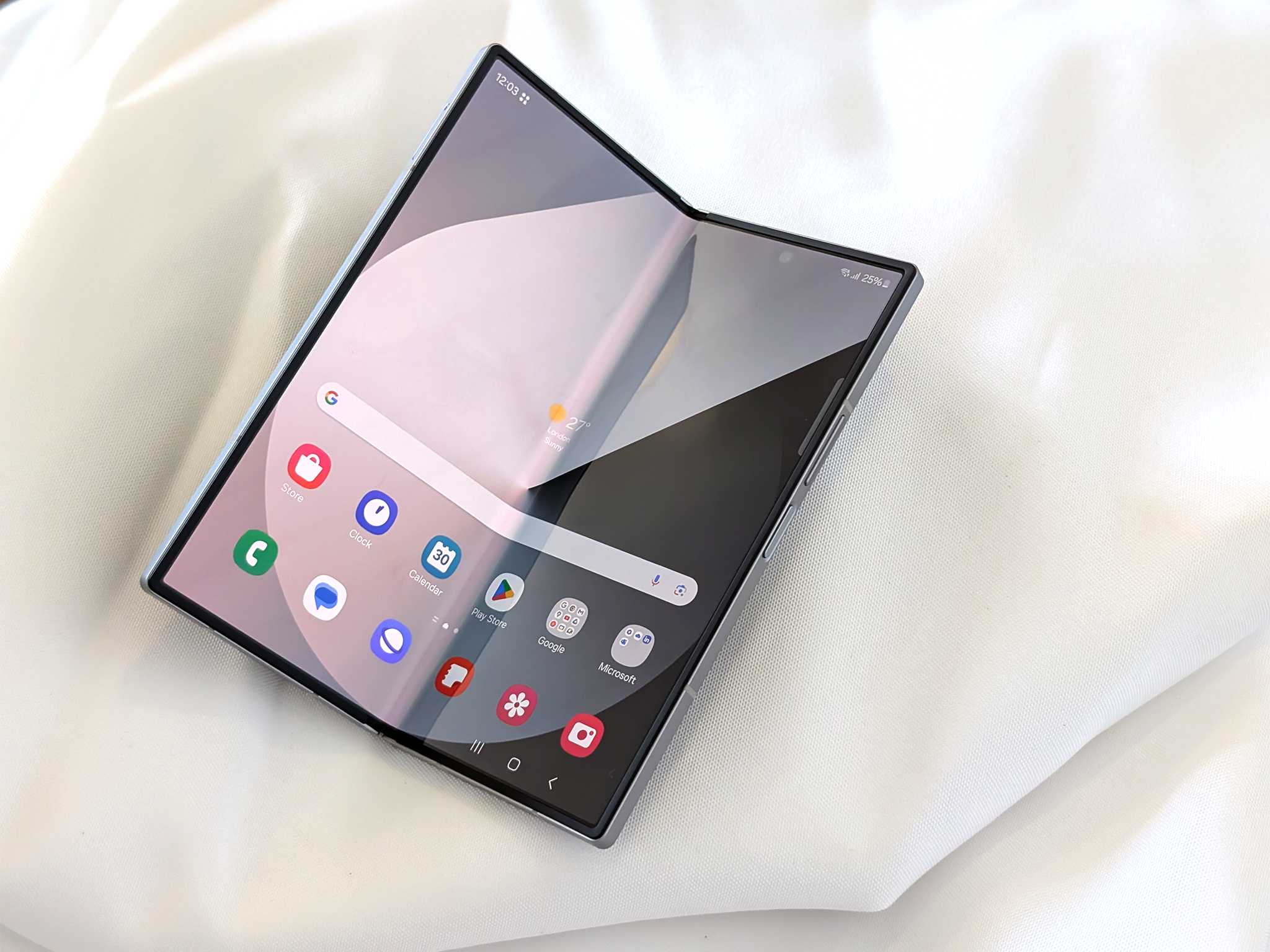 4
4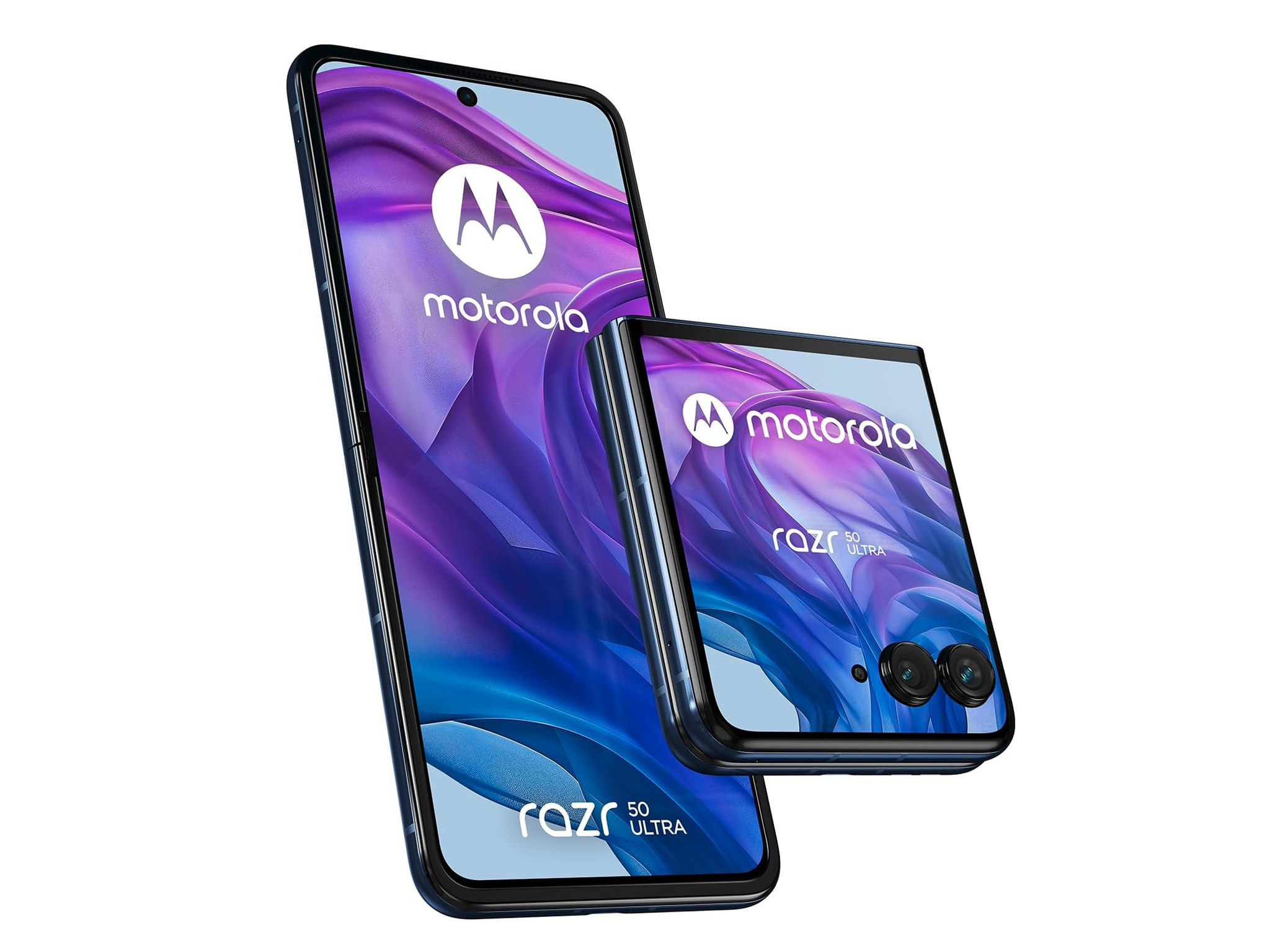
The best foldable phones and flip phones give you all the practicality and convenience of a big screen in a device that folds down into a more pocket-friendly size.
One of the more surprising tech revivals of recent years, folding phones come in two main styles. Flip phones like the Samsung Galaxy Z Flip 6 are closer to the size of regular phones when fully unfolded, but fold down to half the size so they can be slipped easily into a bag or pocket. Book-style folding phones like the Pixel 9 Pro Fold are bigger, with an outer display that works like a normal phone until you want to use the big screen, at which point you can unfold it to the size of a small tablet.
Whichever style of foldable phone draws your attention, you’ve a few main contenders to choose from in 2025. Samsung’s series of fold and flip phones still lead the way, but the new Google Pixel 9 Pro Fold is an enticing proposition for Android fans.
How we tested
We tested each foldable phone for a number of weeks. Swapping them out for our regular devices, we used them for activities such as everyday web browsing and social media as well as more productivity-focused tasks.
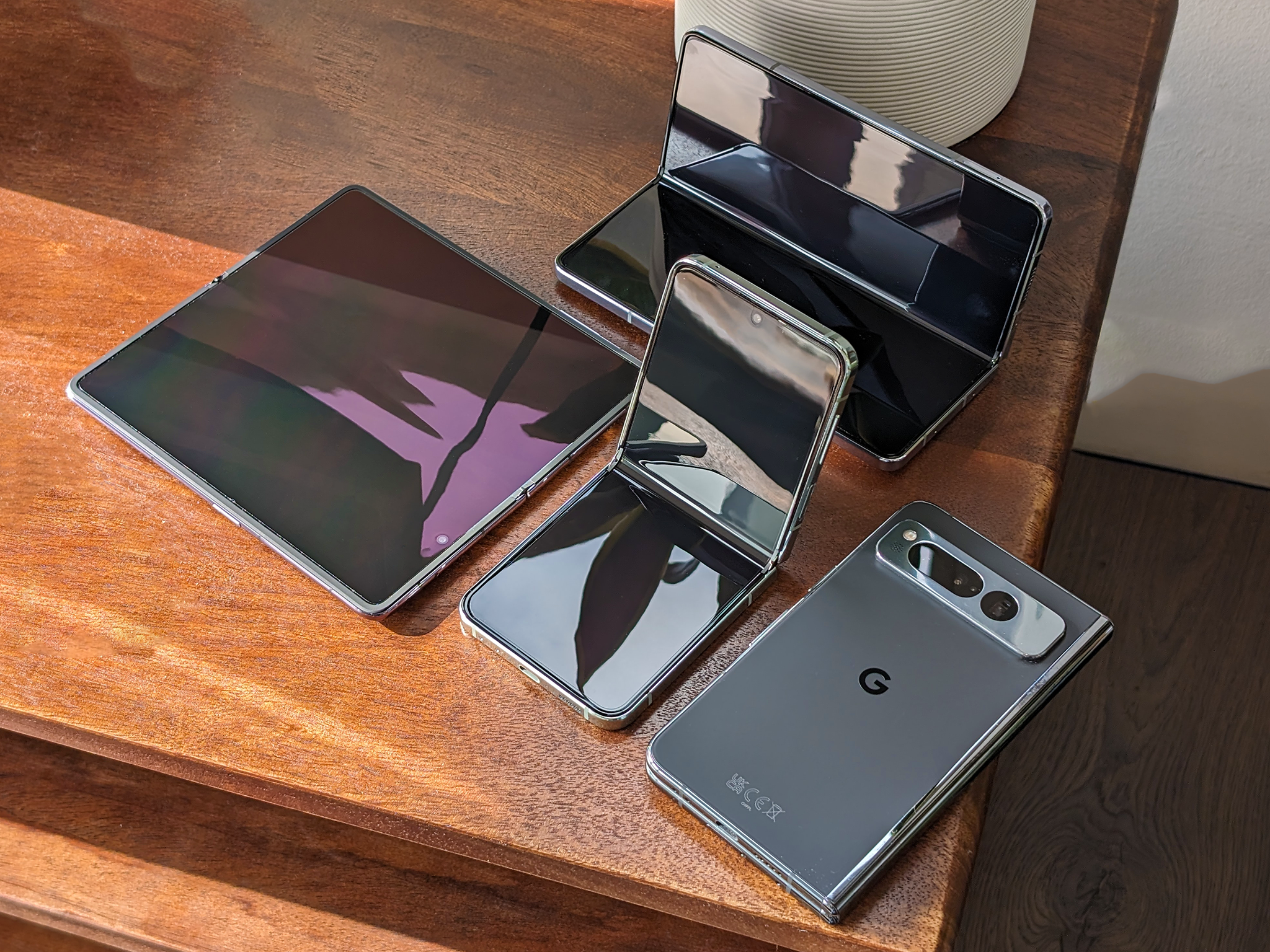
We paid particular attention to each phone’s moving parts, to gauge how likely they were to collect dirt and dust around the hinge and under the folding screen, but, as these phones are still so new, determining the longevity of these devices will take more long-term testing.
The best foldable phones for 2025 are:
- Best overall – Pixel 9 pro fold: £1,749, Amazon.co.uk
- Best flip phone – Galaxy Z flip 6: £899, Argos.co.uk
- Best for performance – Galaxy Z fold 6: £1,549, Very.co.uk
- Best Motorola flip phone – Motorola razr 50 ultra: £720.29, Johnlewis.com
1Pixel 9 pro fold

- Best: Overall
- Main display: 8in OLED 120hz
- Cover display: 6.3in OLED 120hz
- Camera (rear): 48MP main, 10.8MP telephoto, 10.5MP ultrawide
- Camera (front): 10MP
- Processor: Tensor G4
- RAM: 16GB
- Storage: 256GB / 512GB
- Why we love it
- Superb software experience
- Handles incompatible apps well
- Exclusive Pixel 9 AI features
- Incredibly thin
- Inner display looks great
- Take note
- Expensive
- Displays not as good as the Pixel 9 pro
- Cameras not as good as the Pixel 9 pro
Google has come a long way since launching the original Pixel fold, seemingly cramming several generations of device updates into a single year. The new Pixel 9 pro fold is very thin as well as being very light for its size. When closed, it almost exactly matches the dimensions of the Pixel 9 pro, which means you can use the outer screen as you usually would when walking around with a ‘normal’ phone.
The Android software experience has evolved massively since last year, too. There are still plenty of apps that aren’t designed to be viewed on the Pixel 9 pro fold’s 8in inner display (even some of Google’s own apps, such as Fitbit, weirdly) but the phone handles seamlessly the transition from vertical app design to immersive full-screen apps that take advantage of the wider display. On YouTube, comments are displayed alongside the video you’re watching, for example. Most third-party apps are still bodge jobs, though.
Unlike the original, this year’s foldable Pixel runs on the same Tensor processor as the mainline Pixel 9 phones, so, it feels fast and responsive. You also get all of those ephemeral, psuedo-Pixel 9 exclusive benefits of Gemini AI built in, such as the Pixel Studio and Pixel Screenshots apps, for all that’s worth to you.
Compared with the Pixel 9 pro XL, what you miss out on is display sharpness. The difference between the 486ppi screen on the Pixel 9 pro XL and the 373ppi on the Pixel 9 pro fold’s inner display is stark – but this is coming from someone who swaps phones on a weekly basis. The Pixel 9 pro fold’s screen falls short on paper but still looks great in person, and it’s impressively bright.
Battery-life is average, running down to less than 30 per cent charge by bedtime each night (with normal use). You also don’t get the top-end lenses found in the Pixel 9 pro XL, presumably because Google couldn’t physically fit them in a phone this thin. Photos still look great, and they benefit from Google’s top-shelf image processing pipelines, but slightly weaker lenses seem a reasonable compromise for anyone who wants their phone to have a giant screen.
- Pixel 9 pro fold with unlimited data: £59.99 a month, £239 up front, Mobiles.co.uk
2Samsung Galaxy Z flip 6

- Best: Flip phone
- Main display: 6.7in AMOLED 120Hz
- Cover display: 3.4in AMOLED 60Hz
- Camera (rear): 50MP wide, 12MP ultrawide
- Camera (front): 10MP
- Processor: Snapdragon 8 Gen 3
- RAM: 12GB
- Storage: 256GB / 512GB
- Why we love it
- Excellent build quality
- Compact, stylish design
- Fun cover widgets
- Lengthy software support
- Much improved cameras
- Take note
- Cover display is more compact than Motorola's
The Samsung Galaxy Z flip 6 is a pocket-friendly flip phone that folds down to about the size of a Post-it note, like the retro flip phones of old.
The clamshell design opens vertically at any angle, which allows for some fun camera tricks. When shooting a picture or video with the phone unfolded, your subject can see themselves on the cover screen’s viewfinder. Prop open the phone on a table for a group selfie, and you can use the cover screen to more easily get everyone into the frame. Software tricks such as raising your hand to trigger the shot round off a very polished camera experience.
The flip 6 uses the same 3.4in outer display found in last year’s phone – which it calls the “flex window” – but adds in some fun new features such as interactive wallpapers. As chronic fidgeters, we especially enjoy the emojis that tumble around the screen under gravity as you turn and rotate the phone.
- Galaxy Z flip 6 with unlimited data: £40 a month, nothing up front, Fonehouse.co.uk
3Samsung Galaxy Z Fold 6

- Best: For performance
- Main display: 7.6in AMOLED 120Hz
- Cover display: 6.3in AMOLED 120Hz
- Camera (rear): 50MP main, 10MP telephoto, 12MP ultrawide
- Camera (front): 4MP
- Processor: Snapdragon 8 Gen 3
- RAM: 12GB
- Storage: 256GB to 1TB
- Why we love it
- Powerful performance
- Closes flat
- Waterproof
- Take note
- Battery life could be better
This year’s Galaxy fold is being treated to just a few minor hardware tweaks to keep it current for 2024. Under the hood, this phone runs on the newest Snapdragon 8 Gen 3 chipset and uses a 1.6x larger vapour chamber for improved performance during demanding tasks, such as gaming.
Screen dimensions have been refined ever so slightly, to make this year’s fold shorter and wider, which goes a small way towards addressing concerns about Samsung’s cover display feeling too narrow in the hand. The cover display is 2.7mm bigger and a millimetre wider, while the phone itself is 1.4mm shorter and 14g lighter.
Other small tweaks include a more squared-off edge surrounding the display, as well as a new brushed-metal finish on the rings surrounding the camera, which catch the light in a more dramatic way. Battery capacity and cameras remain unchanged since last year.
The Galaxy Z fold 6 comes in three colourways: blue, silver and pink.
- Galaxy Z fold 6 with 300GB data: £59 a month, £49 up front, Fonehouse.co.uk
4Motorola razr 50 ultra

- Best: Motorola flip phone
- Main display: 6.9in AMOLED 165Hz
- Cover display: 4in AMOLED 165Hz
- Camera (rear): 50MP main, 50MP telephoto
- Camera (front): 32MP
- Processor: Snapdragon 8 Gen 3
- RAM: 8GB / 12GB
- Storage: 256GB / 512GB
- Why we love it
- Cover display is bigger than Samsung's
- Sleek and stylish clamshell design
- Cheaper than the flip
- Take note
- Camera isn’t as good as Samsung's
When Motorola resurrected the razr line back in 2019, the all-screen flip phone was considered something of a kitsch retro novelty. Since then, the razr has evolved and improved to become the main competitor to the Samsung Galaxy Z flip series of clamshell-style folding phones.
The razr 50 ultra boasts a much bigger cover display than Samsung’s latest offering, with holepunch cutouts for the camera array allowing for an outer case that’s almost all screen. Battery life is excellent, build quality is sturdy, and the cameras perform well in a range of lighting conditions.
- Motorola razr 50 ultra with 500GB data: £29.99 a month, £99 up front, Carphonewarehouse.com
The verdict: Foldable phones
Foldable phones fall into two very different categories, the classic flip phone and the bigger, book-style foldables. If you’re after a compact foldable phone that slips neatly into your pocket, we recommend the Samsung Galazy Z flip 6. A fashion-first Android phone, it doesn’t compromise on performance or functionality and is one of the best designed pieces of technology we’ve ever tested.
For power users who want a phone that expands out into a small tablet, we recommend the Pixel 9 pro fold. Google’s foldable brings the Pixel series’ excellent camera features and software to bear on a smart-looking device that’s just as easy to use when folded as it is unfolded.
Want more recommendations? Check out our pick of the best laptops for working from home and gaming on the go

